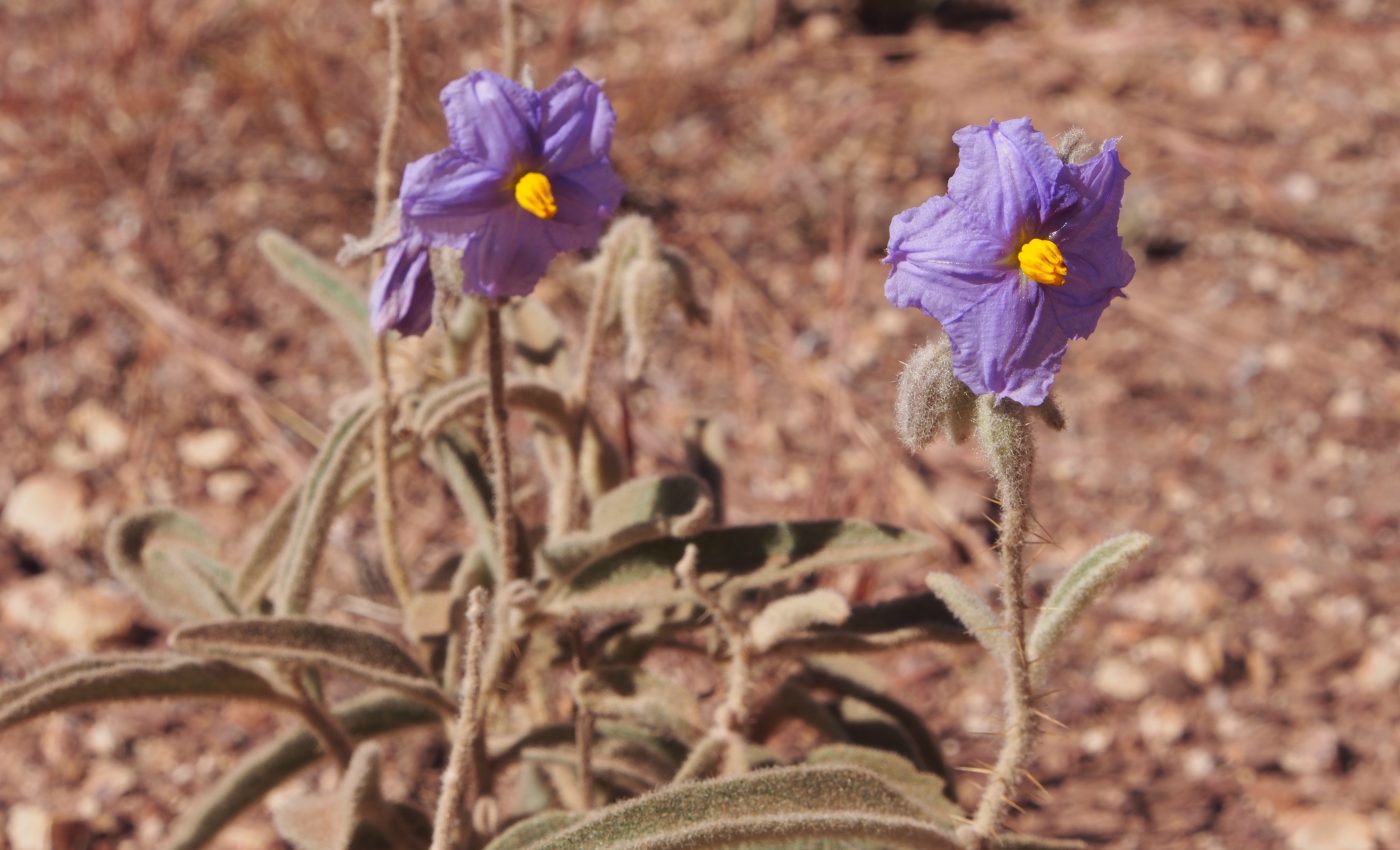
Australian Outback plant species challenges the idea of binary sexuality
Australian Outback plant species challenges the idea of binary sexuality. A team of scientists led by Bucknell University is describing a new species of bush tomato from the remote Australian Outback. For decades, the plant has amazed field biologists because of the unusual variability of its flower form.
The plant was first documented by Australian botanists during the 1970s. This team had noted the challenge of identifying the sexual condition of the plant, which appeared at different times to be female, male, or bisexual.Australian Outback plant species challenges the idea of binary sexuality
In the lab of Bucknell Professor Chris Martine, DNA studies produced evidence that the diverse specimens were not only examples of the same plant, but also belonged to an undescribed species.
The researchers set out on an expedition in the remote northwestern region of the Northern Territory to relocate populations of the plant and collected numerous new specimens. The team named the species Solanum plastisexumas, in reference to the notable variation in the plant’s sexual condition.
“This name, for us, is not just a reflection of the diversity of sexual forms seen in this species,” wrote the study authors. “It is also a recognition that this plant is a model for the sort of sexual fluidity that is present across the Plant Kingdom – where just about any sort of reproductive form one can imagine (within the constraints of plant development) is present.”
Also known as the Dungowan bush tomato, Solanum plastisexum is a distant relative of the cultivated eggplant. The experts said the new species provides a compelling example of the fact that sexuality among Earth’s living creatures is far more diverse, and interesting, than what is expected.
“In a way, S. plastisexum is not just a model for the diversity of sexual/reproductive form seen among plants – it is also evidence that attempts to recognize a ‘normative’ sexual condition among the planet’s living creatures is problematic,” wrote the researchers.
“When considering the scope of life on Earth, the notion of a constant sexual binary consisting of two distinct and disconnected forms is, fundamentally, a fallacy.”
Professor Martine explained that 85 percent of the world’s flowering plant species have flowers that are bisexual, with both male and female organs present in every blossom.
“So that’s already quite different than what some people might expect; but the remaining 15% or so come in all sorts of forms that push the envelope further, including unisexual flowers and (like we see in a plant like Cannabis) whole plants that are either male or female,” said Professor Martine.
“For the most part, a given plant species will stick to one primary and predictable type of sexual expression, but what makes Solanum plastisexum stand out is that it is one of a just a few plants that kind of do it all. It really seems like you never know what you’ll get when you come across it.”
The study is published in the journal PhytoKeys.
—
By Chrissy Sexton, Earth.com Staff Writer
Main Image Credit: Chris Martine














